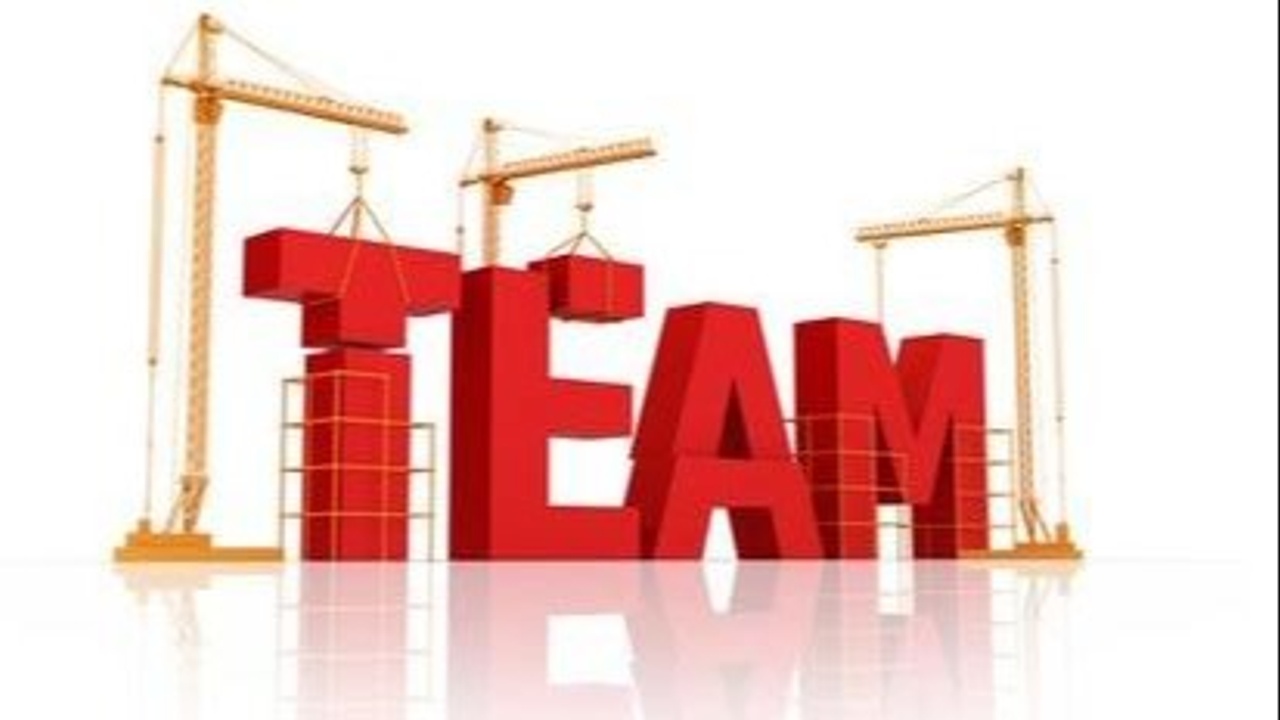
"Project teams are made up of individuals who wield diverse skills, knowledge, and experience. Project teams that work collaboratively can accomplish a shared objective more effectively and efficiently than individuals working on their own." PMBOK 3.2, pg 28
This is one of my favorite sections. In 2013, I developed a PMI presentation called "Creating a Culture of Success", which I later changed and relabeled "Creating a Successful Project Team Environment." Two principles that I have in the presentation are highlighted in this section of the PMBOK. They are Creating Dynamic Project Teams and Good Processes.
As Lee Lambert states, "Project managers don't do work. They get work done through others." That work starts by defining who you need on your team and when. Often when a project gets spun up, people are assigned right away. "You need so & so on your team." Do I really though?
When it comes to creating a team, think in terms of roles and actors. Define the roles you need and when you need them first, then start adding names second. As part of the adding names exercise, you can determine who may have more authority and responsibility based on their role and experience. For example, I like to identify a "Tech Lead" position on IT projects that will have more authority based on their knowledge of what is being done. They help with some of the more junior staff and provides direction.
PMBOK references teams that have their own "local" culture. Even if the overarching organization's culture sucks, the project leader can create a collaborative, psychologically safe environment where team members feel safe to express their opinions without ridicule. I focus on the kick-off meeting to set the tone for team interaction, and lead by example throughout. I also ask for feedback on how to make our interactions better. Remember, though we have ideas, your team may have better ones!
As a project professional, I love processes. I think of them as a corporate asset and they give organizations a competitive advantage. However, processes can also be a bureaucratic nightmare if there's too much of it. Though you may pick a certain approach up front (predictive, adaptive, iterative), ask your team for feedback on what's working and what's not. I've also asked stakeholders for feedback when there are multiple phase-gates. My focus is having "Good" processes that the team can easily use. Processes can always be better, so focus on what makes the most sense and don't strive for process perfection.
Remember, there is no project success without a successful project team. Build a dynamic, collaborative team environment by identifying roles and actors, creating a psychologically safe environment, and getting feedback from team members. Implement the "right" amount of "good" processes that won't overburden you with bureaucracy. Create a successful project environment!
Project Management Institute. (2021). A Guide to the Project Management Body of Knowledge (PMBOK guide) (7th ed.). Project Management Institute.

